Understanding Subsea Drilling: 4 Key Points You Need to Know
As global energy demands continue to rise, subsea drilling offers a way to tap into vast reserves of oil and natural gas located in deep and ultra-deep waters. This article explores the fundamentals, challenges, and innovations in subsea drilling.
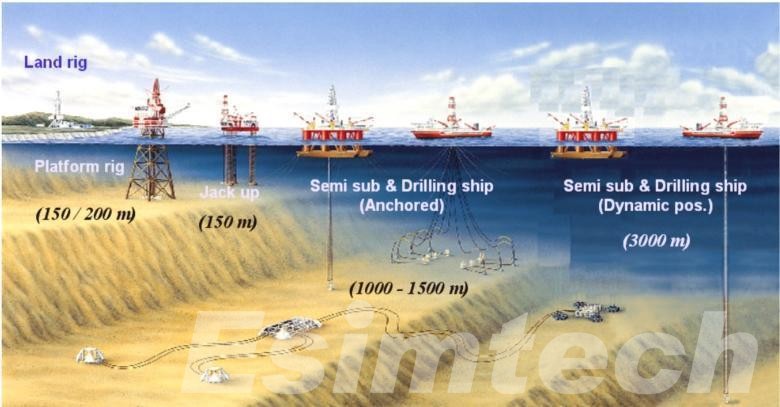
What is Subsea Drilling
Subsea drilling is a critical technology in the offshore oil and gas industry, enabling the extraction of hydrocarbons beneath the seabed, which involves the exploration and extraction of oil and gas beneath the ocean floor. Unlike conventional land-based drilling, it requires specialized technologies to overcome unique underwater challenges, such as high pressures, extreme temperatures, and harsh marine environments.
Key Pieces of Equipment Used in Subsea Drilling
This chart provides an overview of essential subsea drilling equipment, highlighting their functions, descriptions, and unique features that enable efficient and safe drilling operations.
| Equipment | Function | Description | Key Features |
| Blowout Preventer (BOP) | Prevents uncontrolled release of hydrocarbons during drilling. | A safety device installed on the wellhead to seal the well in case of a blowout. | High-pressure capacity, shear rams, automated emergency shutoff mechanisms. |
| Subsea Tree | Controls the flow of hydrocarbons from the well to pipelines or facilities. | A structure installed on the wellhead with valves, spools, and chokes. | Corrosion-resistant materials, modular design, and advanced flow management. |
| Drill Bit | Cuts through rock formations to create the wellbore. | A cutting tool located at the end of the drill string, optimized for various formation types. | Durable materials like PDC or tricone design, high wear resistance. |
| Drill Pipe | Transports drilling fluid and torque from the surface to the drill bit. | Hollow, connected pipes that form the drill string. | High tensile strength, anti-corrosion coatings, and flexibility. |
| Riser System | Connects the subsea well to the surface drilling rig. | A conduit for transporting drilling fluid, hydrocarbons, and other materials between the two. | Flexible or rigid configurations, pressure-resistant materials, and vibration dampening. |
| Subsea Control Module | Monitors and manages the operation of subsea equipment. | An electronic and hydraulic system integrated into subsea operations. | Real-time data transmission, redundancy systems, and remote operability. |
| Remotely Operated Vehicle (ROV) | Performs inspections, maintenance, and interventions on subsea equipment. | An underwater robot controlled from the surface, equipped with tools and cameras. | High maneuverability, multi-functional manipulators, and real-time video feedback. |
| Subsea Manifold | Consolidates flow from multiple wells and directs it to pipelines. | A structure with valves and piping to manage and distribute production flow. | Modular design, durable materials, and integration with flow control systems. |
| Wellhead | Anchors casing strings and provides a connection for other equipment. | A robust structure installed on the wellbore at the seabed. | High-pressure seals, compact design, and compatibility with various equipment. |
| Mudline Suspension System | Temporarily supports well equipment on the seabed. | Allows for phased installation of well equipment during drilling operations. | High load-bearing capacity, ease of retrieval, and compatibility with well structures. |
| Subsea Pumps | Boosts hydrocarbon flow from the well to the processing facility. | Powerful pumping systems designed to operate in deepwater conditions. | Energy efficiency, corrosion-resistant construction, and remote operability. |
| Umbilicals and Subsea Cables | Provide power, control signals, and fluids to subsea systems. | A bundled conduit for electrical, hydraulic, and chemical transmission. | Durable, flexible, and capable of withstanding extreme subsea conditions. |
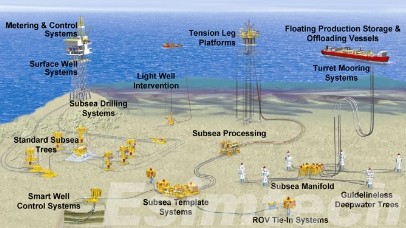
Challenges in Subsea Drilling
This chart encapsulates the diverse challenges of subsea drilling, emphasizing how they intersect technical, operational, environmental, economic, regulatory, and technological domains, along with potential approaches to mitigate them.
| Equipment | Function | Description | Key Features |
| Blowout Preventer (BOP) | Prevents uncontrolled release of hydrocarbons during drilling. | A safety device installed on the wellhead to seal the well in case of a blowout. | High-pressure capacity, shear rams, automated emergency shutoff mechanisms. |
| Subsea Tree | Controls the flow of hydrocarbons from the well to pipelines or facilities. | A structure installed on the wellhead with valves, spools, and chokes. | Corrosion-resistant materials, modular design, and advanced flow management. |
| Drill Bit | Cuts through rock formations to create the wellbore. | A cutting tool located at the end of the drill string, optimized for various formation types. | Durable materials like PDC or tricone design, high wear resistance. |
| Drill Pipe | Transports drilling fluid and torque from the surface to the drill bit. | Hollow, connected pipes that form the drill string. | High tensile strength, anti-corrosion coatings, and flexibility. |
| Riser System | Connects the subsea well to the surface drilling rig. | A conduit for transporting drilling fluid, hydrocarbons, and other materials between the two. | Flexible or rigid configurations, pressure-resistant materials, and vibration dampening. |
| Subsea Control Module | Monitors and manages the operation of subsea equipment. | An electronic and hydraulic system integrated into subsea operations. | Real-time data transmission, redundancy systems, and remote operability. |
| Remotely Operated Vehicle (ROV) | Performs inspections, maintenance, and interventions on subsea equipment. | An underwater robot controlled from the surface, equipped with tools and cameras. | High maneuverability, multi-functional manipulators, and real-time video feedback. |
| Subsea Manifold | Consolidates flow from multiple wells and directs it to pipelines. | A structure with valves and piping to manage and distribute production flow. | Modular design, durable materials, and integration with flow control systems. |
| Wellhead | Anchors casing strings and provides a connection for other equipment. | A robust structure installed on the wellbore at the seabed. | High-pressure seals, compact design, and compatibility with various equipment. |
| Mudline Suspension System | Temporarily supports well equipment on the seabed. | Allows for phased installation of well equipment during drilling operations. | High load-bearing capacity, ease of retrieval, and compatibility with well structures. |
| Subsea Pumps | Boosts hydrocarbon flow from the well to the processing facility. | Powerful pumping systems designed to operate in deepwater conditions. | Energy efficiency, corrosion-resistant construction, and remote operability. |
| Umbilicals and Subsea Cables | Provide power, control signals, and fluids to subsea systems. | A bundled conduit for electrical, hydraulic, and chemical transmission. | Durable, flexible, and capable of withstanding extreme subsea conditions. |
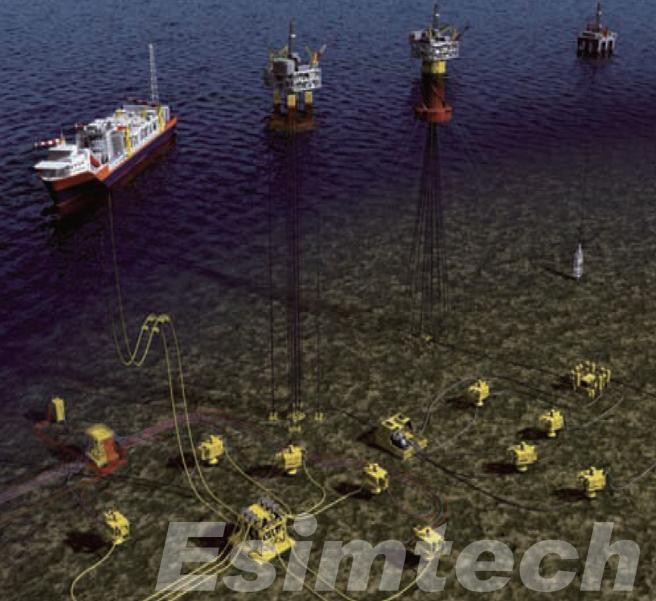
Innovations in Subsea Drilling
1. Autonomous Subsea Systems
Automation is transforming subsea drilling by introducing autonomous equipment capable of performing complex tasks with minimal human intervention. These systems include autonomous underwater vehicles (AUVs) and intelligent subsea control systems.
Benefits:
- Increased operational efficiency.
- Reduced human risk in hazardous environments.
- Enhanced data collection for real-time decision-making.
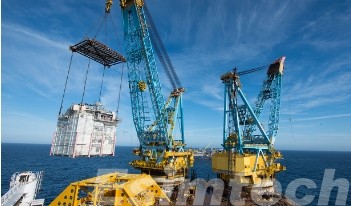
2. Managed Pressure Drilling (MPD)
MPD drilling is a cutting-edge technique used to precisely control wellbore pressure during drilling. This technology minimizes risks such as blowouts and formation damage while optimizing the drilling rate.
Key Features:
- Dynamic pressure management.
- Real-time monitoring and control.
- Enhanced safety in high-pressure, high-temperature (HPHT) wells.
3. Digital Twins
Digital twin technology creates a virtual replica of a subsea drilling system, allowing real-time monitoring, predictive maintenance, and simulation of drilling operational scenarios.
Applications:
- Identifying potential equipment failures.
- Optimizing drilling parameters.
- Reducing downtime through proactive maintenance.
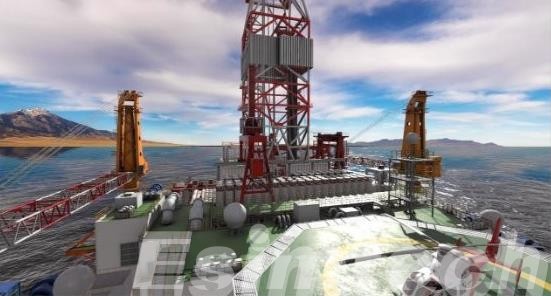
4. Subsea Factories
Subsea factories integrate multiple production and processing functions, such as separation, compression, and water injection, directly on the seabed.
Advantages:
- Reduced surface infrastructure costs.
- Lower environmental impact.
- Enhanced production efficiency in remote locations.
5. Advanced Materials
High-strength, corrosion-resistant materials are now used in subsea equipment to withstand extreme pressures, temperatures, and corrosive environments.
Innovative Materials:
- Titanium alloys.
- Composite materials for lightweight and durability.
- Advanced coatings for anti-corrosion and insulation.
6. Hybrid Power Systems
Hybrid power systems combine renewable energy sources, such as offshore wind and solar, with traditional power to reduce carbon emissions and operational costs.
Key Benefits:
- Enhanced energy efficiency.
- Sustainable operations in remote areas.
- Reduced dependency on fossil fuels.
7. Wireless Subsea Communication
Innovations in wireless communication eliminate the need for extensive cabling between subsea equipment and surface platforms.
Technological Advances:
- Acoustic and electromagnetic communication systems.
- Real-time data transfer for better control and monitoring.
- Increased flexibility in equipment placement.
8. Carbon Capture and Storage (CCS)
Carbon capture storage technologies integrated with subsea systems allow operators to capture CO₂ emissions from drilling and production activities and store them safely beneath the seabed.
Significance:
- Mitigates environmental impact.
- Aligns with global decarbonization goals.
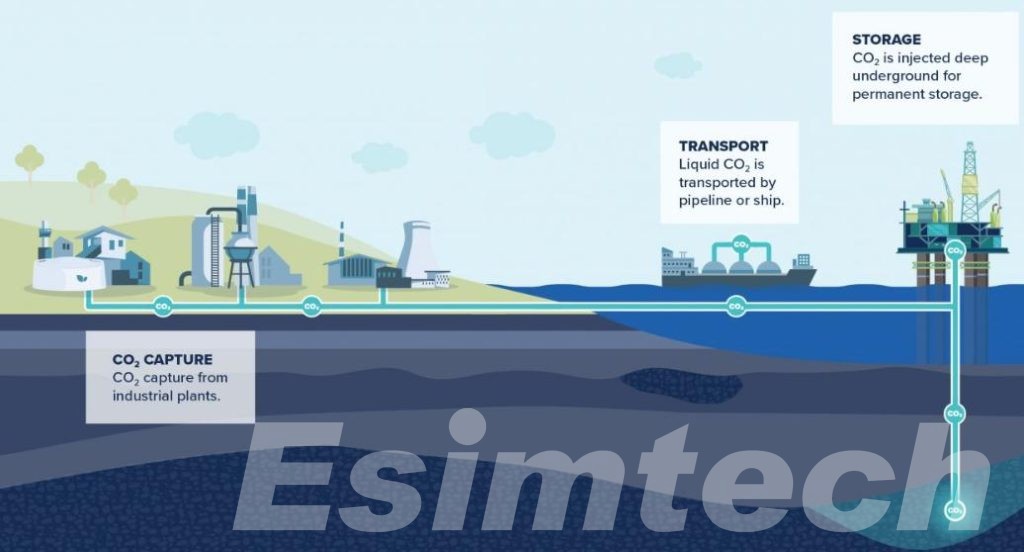
9. Enhanced Blowout Preventer (BOP) Technology
Next-generation BOPs feature advanced sensors, real-time diagnostics, and faster response mechanisms to ensure safety in extreme conditions.
Key Improvements
- Enhanced cutting and sealing capabilities.
- Greater reliability in HPHT well environments.
- Automated control systems for rapid emergency response.
10. Modular Subsea Systems
Modular equipment design allows for faster deployment, simplified maintenance, and scalability.
Applications:
- Rapid installation of subsea manifolds and trees.
- Flexibility to adapt to varying project demands.
- Cost savings through standardized components.
11. AI-Driven Predictive Analytics
Artificial intelligence and machine learning are increasingly used to analyze large datasets collected from subsea operations.
Capabilities:
- Forecasting equipment wear and failures.
- Optimizing drilling parameters.
- Enhancing decision-making through real-time insights.
12. Seafloor Equipment Monitoring Systems (SEMS)
SEMS use advanced sensors to continuously monitor the condition of subsea drilling equipment and the surrounding environment.
Advantages:
- Early detection of potential issues.
- Improved safety and reliability.
- Extended equipment lifespan.
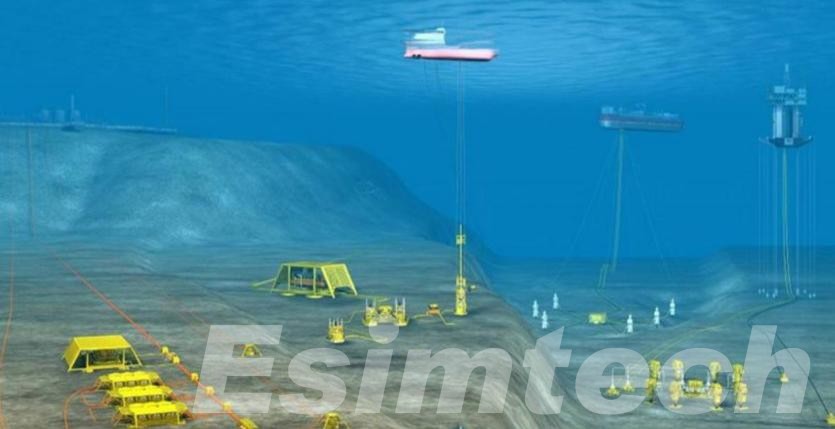
In summary, subsea drilling represents the frontier of offshore energy exploration. Each piece of subsea drilling equipment is designed to withstand the challenging underwater environment while ensuring efficiency, safety and sustainability. The Innovative subsea drilling technologies are addressing the industry’s most pressing challenges, including operational complexity, environmental concerns, and high costs, which not only extend the life of offshore fields but also position the industry to meet future energy demands responsibly.
